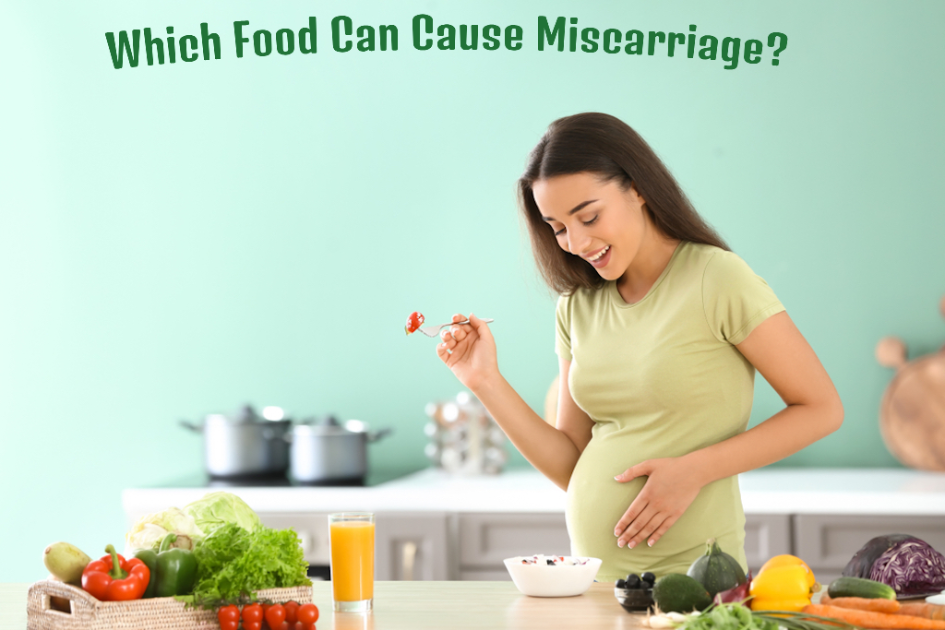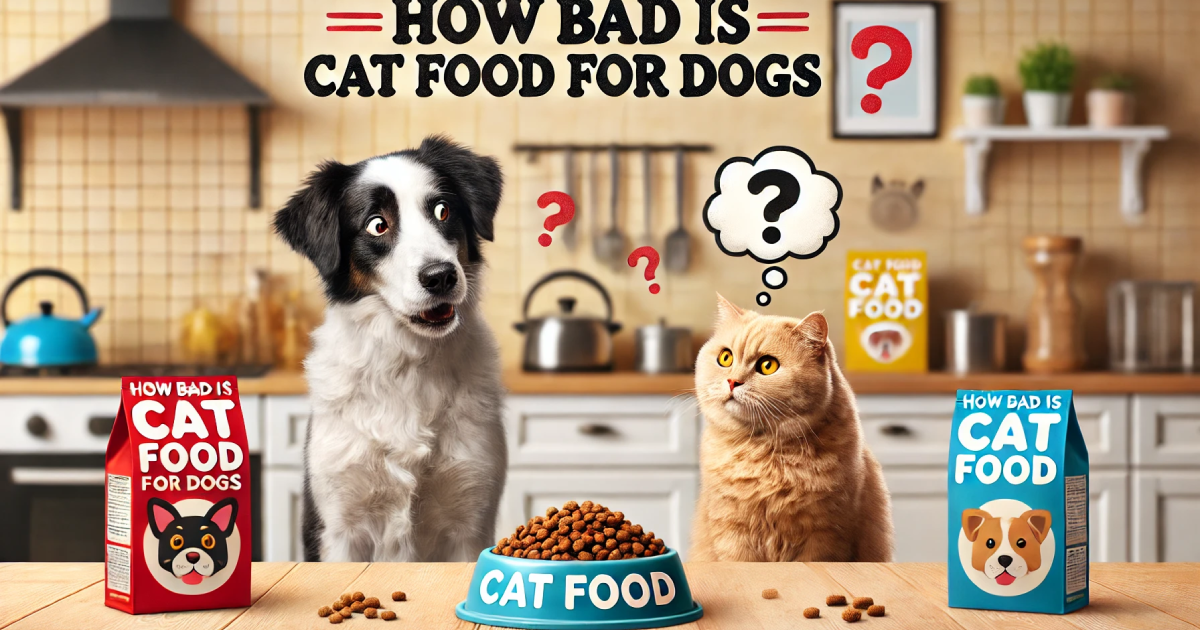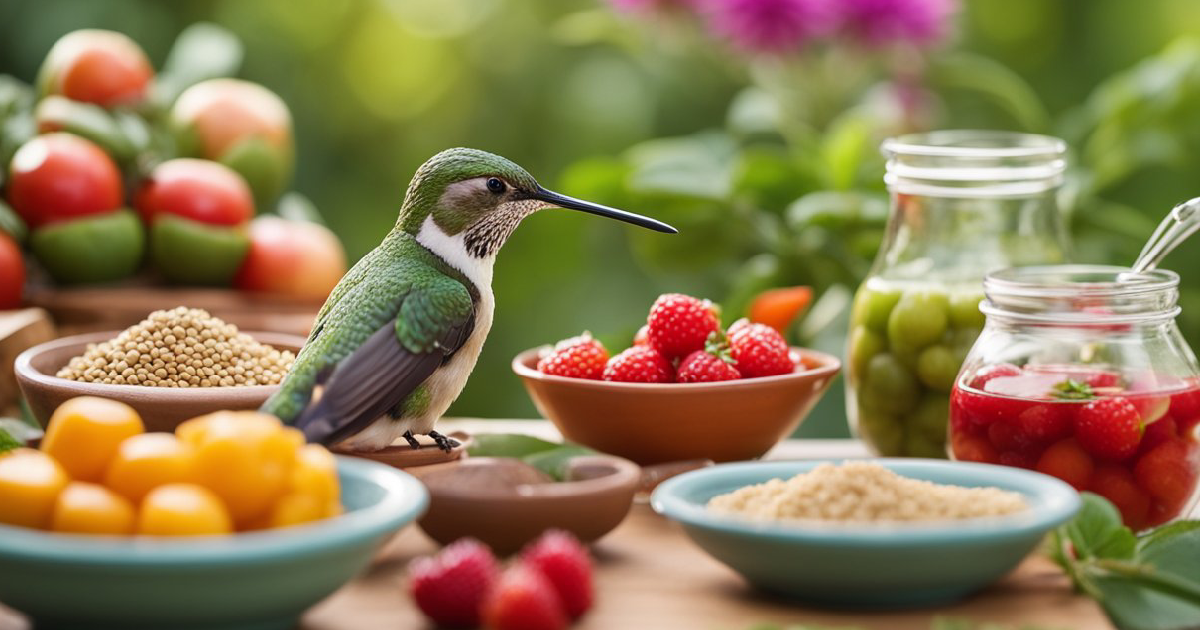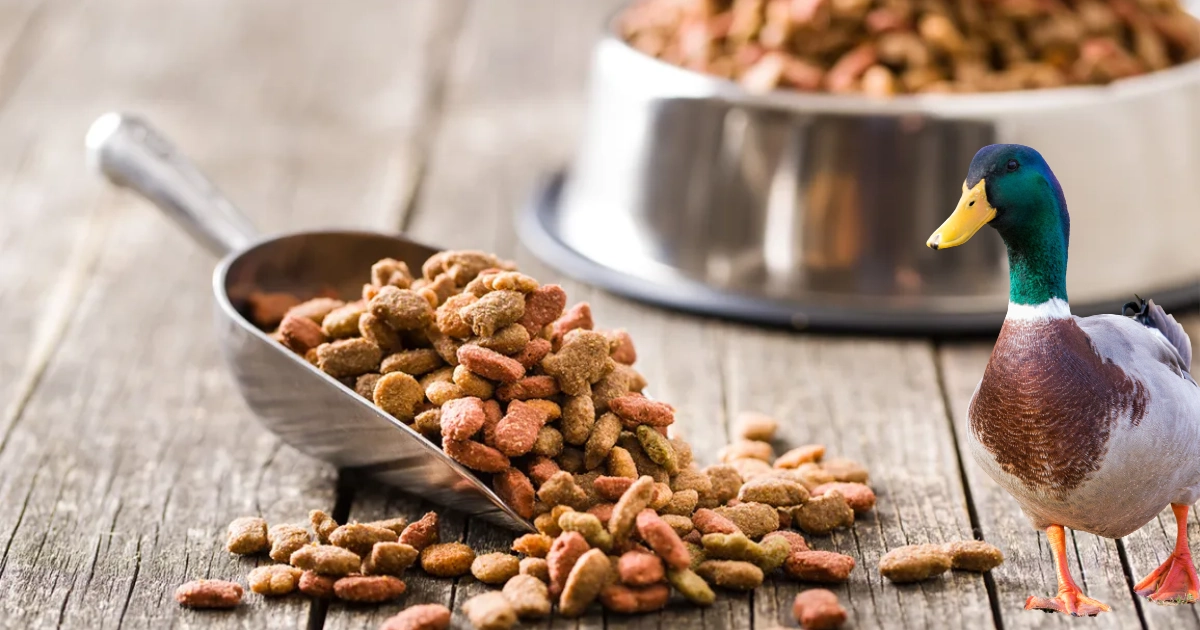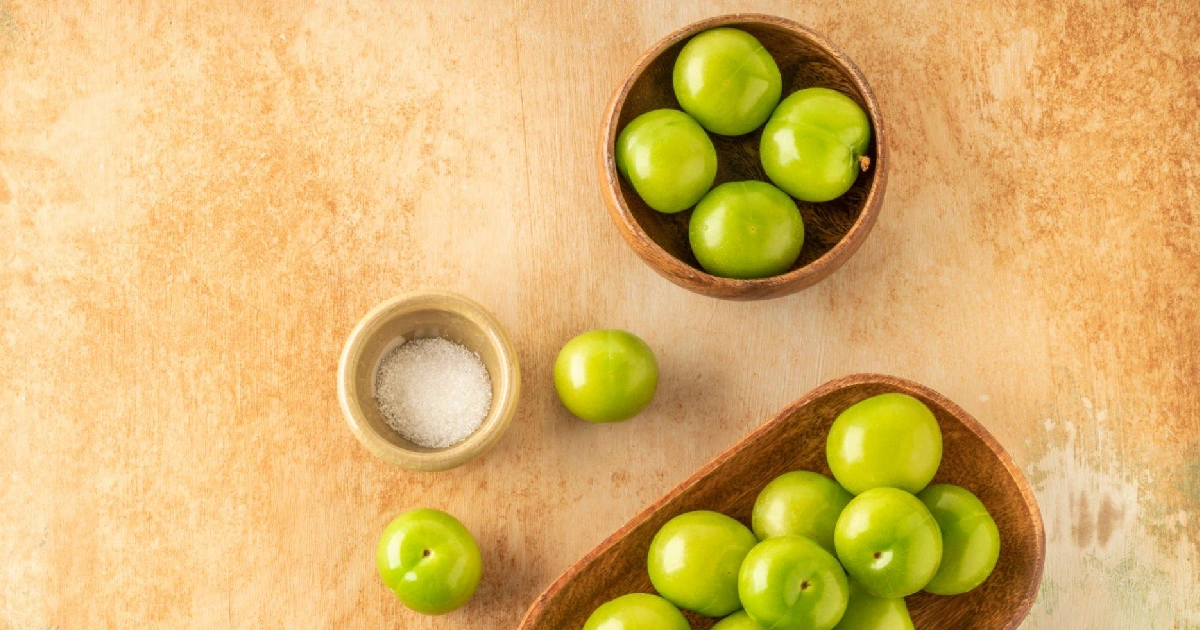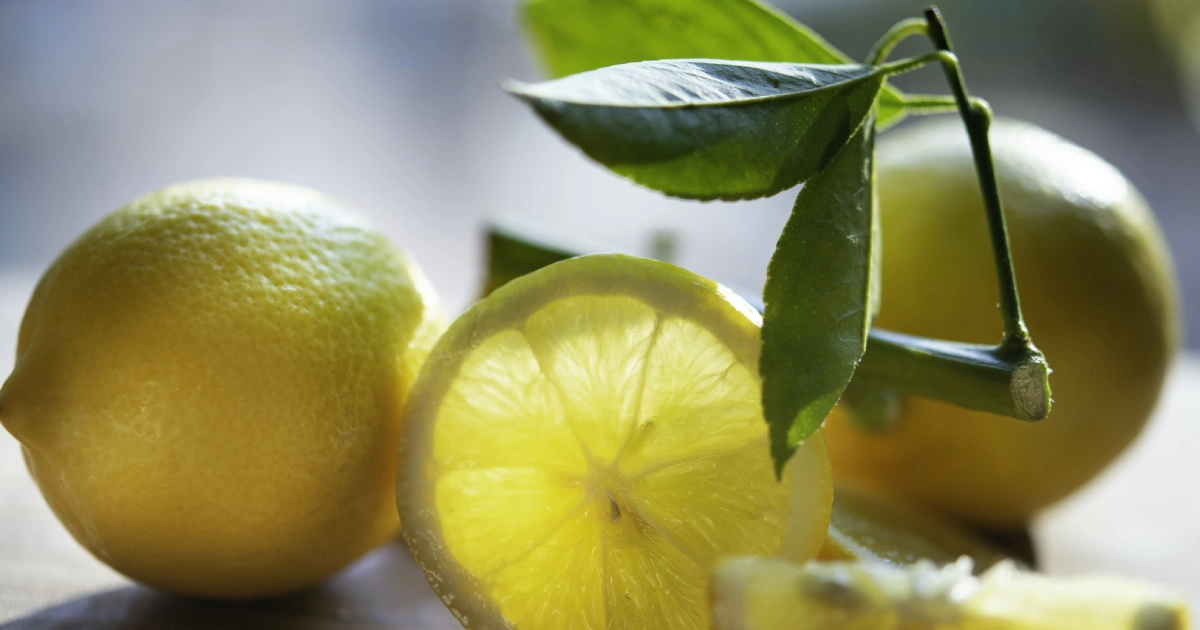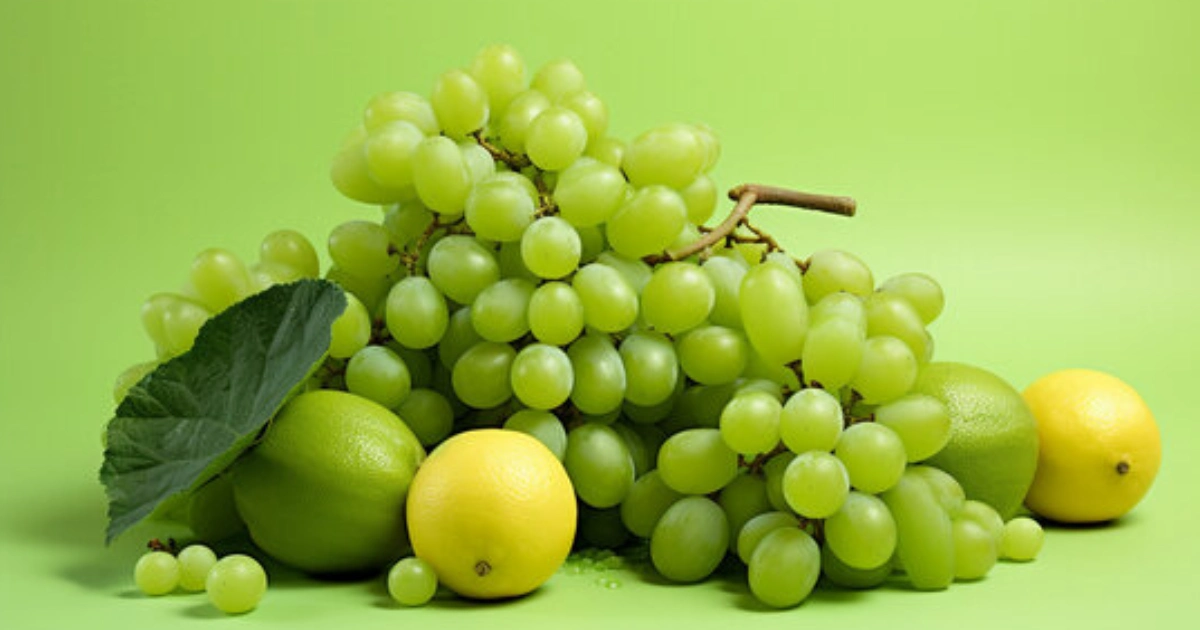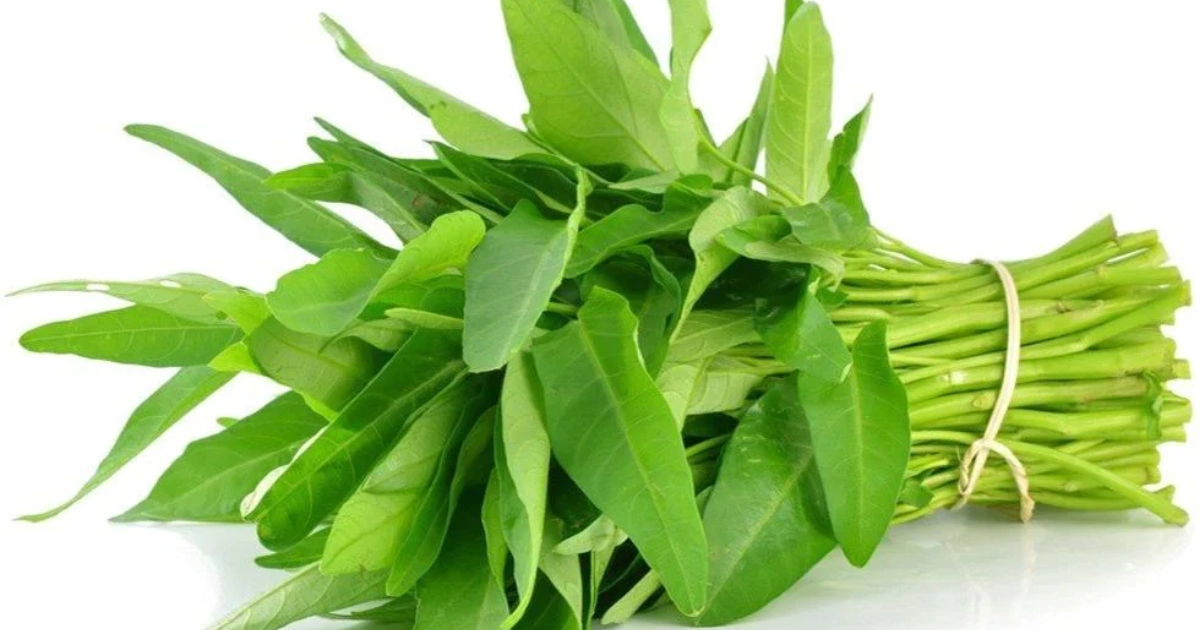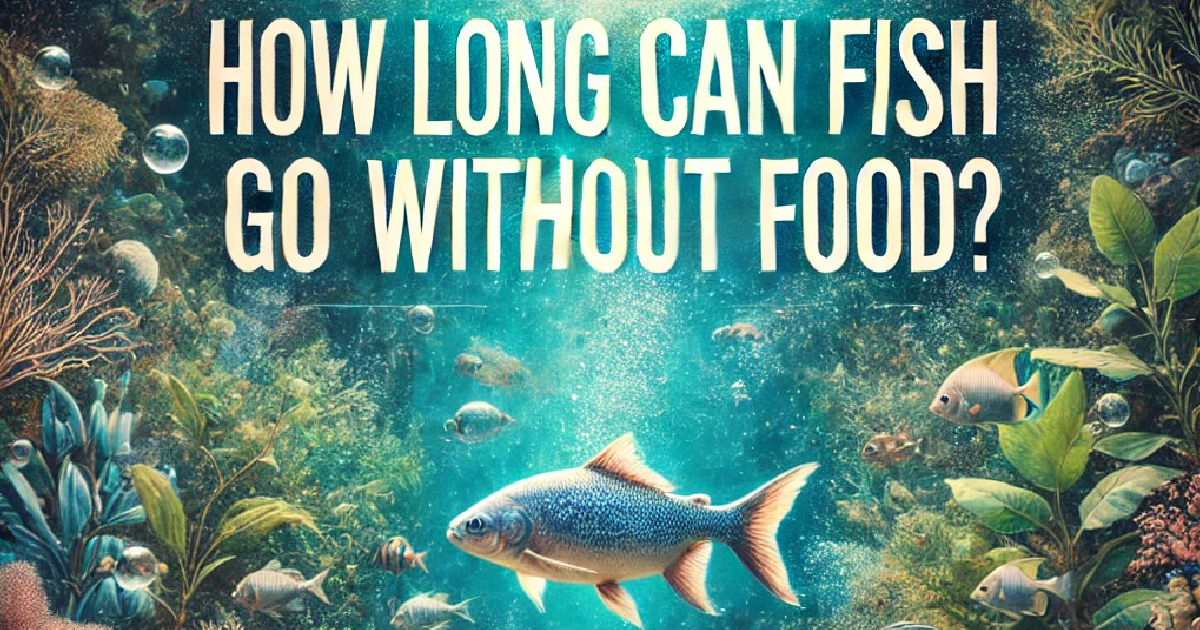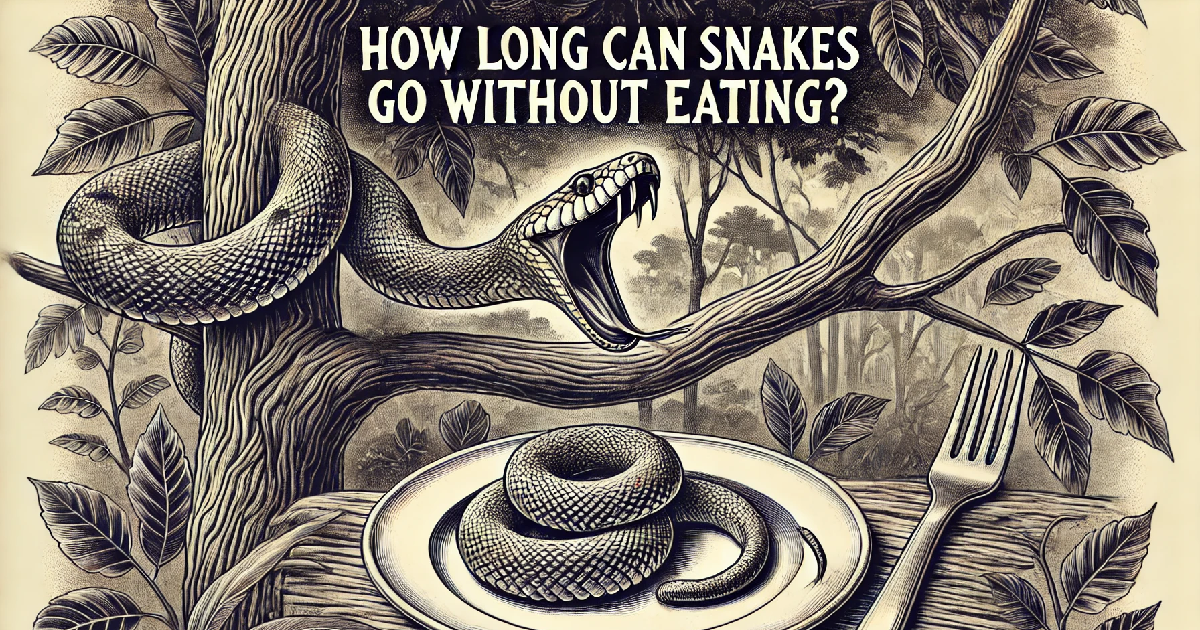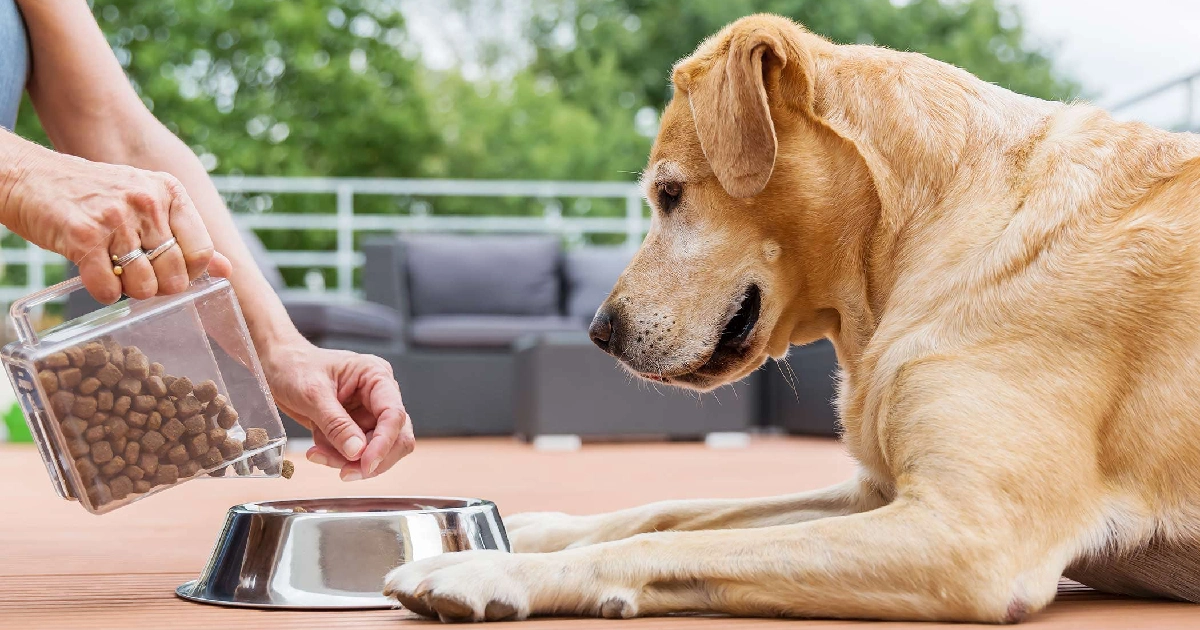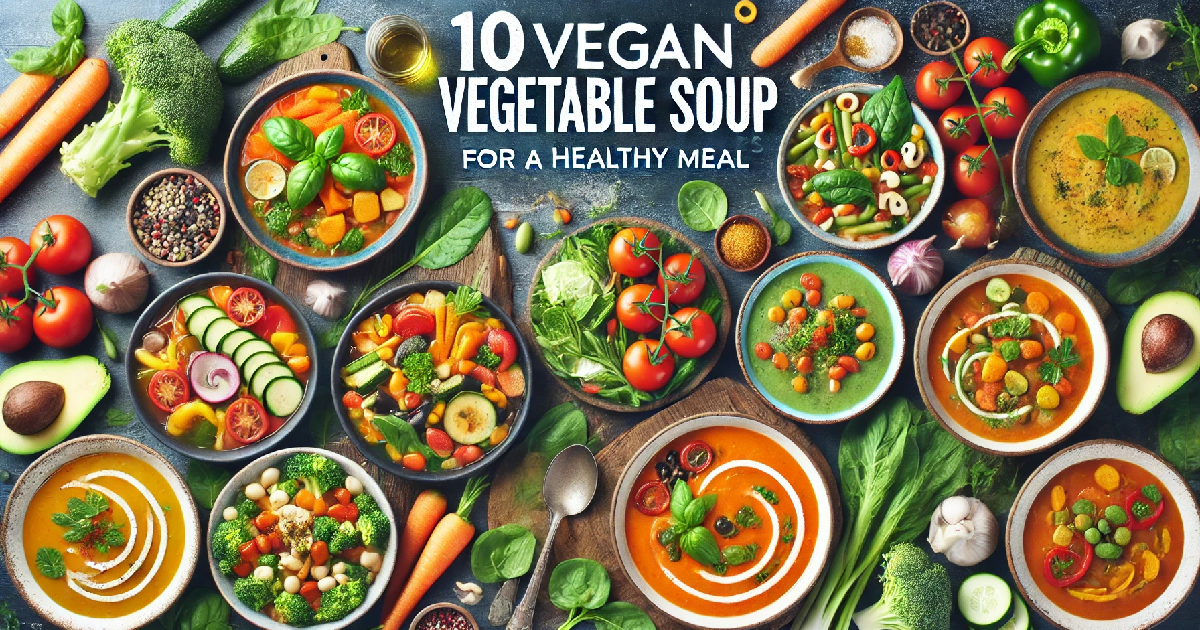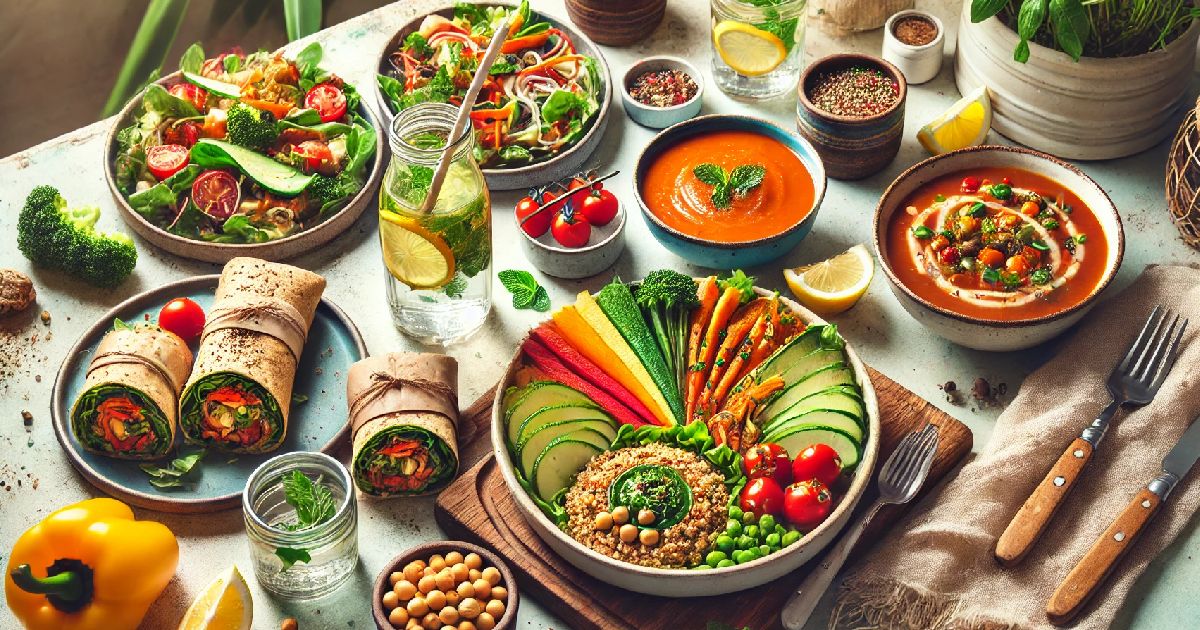Do you provide your pup with dry dog food, or are you considering doing it? With all the types of pet foods on the market, deciding which is best for your furry friend can be overwhelming. Wet vs dry is a common debate among pet owners, as each has pros and cons. But one thing that’s become more topical recently is whether adding water to dried kibble could affect a dog’s digestive system. To help answer this question, we’ll look at the potential risks of feeding wet and dry diets. So read on if you’re curious about what adding moisture to durable kibbles means for your beloved pooch!
Overview Of The Types Of Dry Dog Food
As pet parents, we always want to give our dogs the best nutrition possible. When choosing the right dry dog food, things can quickly become overwhelming. There are many different brands and types, each claiming to be the best. But it’s important to know what differentiates one type from another. First, there is kibble, which is the most common type of dry dog food. It comes in many shapes and sizes, some designed to promote dental health or help with weight management. Then there are freeze-dried and dehydrated options, which preserve more of the nutrients and flavours of fresh ingredients. And finally, there are grain-free and limited-ingredient formulas, which are great for dogs with specific dietary sensitivities. With so many choices, it’s important to research and talk to your veterinarian to determine which type of dry dog food is best for your furry friend.
Effects Of Adding Water To Dry Dog Food On Dogs With Different Health Conditions
As dog owners, we all want to do what’s best for our furry friends, especially their diet. Adding water to dry dog food is customary, but did you know it can have varying effects on dogs with different health conditions? For dogs with chronic kidney disease, adding water to their dry food can help prevent dehydration and reduce the workload on their kidneys. On the other hand, dogs with pancreatitis or other digestive issues may not tolerate wet food well and may benefit from sticking to dry kibble. It’s important to talk to your veterinarian about what’s best for your dog’s individual needs and health conditions regarding their diet.
Potential Benefits Of Adding Water To Dry Dog Food
As pet owners, we strive to give our furry friends the best possible nourishment. One option to enhance their dry dog food meal is to add water. Not only will this soften the food, facilitating your dog’s eating and digestion, but it can also provide additional hydration, which is particularly important for active dogs or those in warmer climates. Adding water can make the food more flavorful and aromatic, appealing to the pickiest eaters. Plus, it can help prevent your dog from eating too quickly and risking choking or vomiting. Overall, adding a bit of water to your dog’s dry food can offer many potential benefits for their health and enjoyment of mealtime.
How Much Water Do You Add To Dry Dog Food?
Regarding feeding our furry friends, knowing exactly how much of everything they need can be tricky. One question often arises is how much water should add to dry dog food. The answer may vary depending on a few different factors. For starters, the age and size of the dog can play a role in determining how much water is necessary. Additionally, the type of dog food being served may require more or less water to add. Overall, paying attention to your dog’s needs is important and working with a veterinarian to ensure they are getting the proper nutrition they need.
Can Water Cause Diarrhoea In Dogs?
As a dog owner, you must be mindful of what you feed your furry friend. You may have heard that soaking your dog’s food in water can make it easier for them to digest. But can this practice cause diarrhoea in dogs? The answer is yes, but it’s not the water itself that’s the issue. The problem is that soaking dog food in water can also increase the chances of bacteria growth, leading to upset stomachs and diarrhoea in our canine companions. If you do choose to soak your dog’s food, make sure to only do so for a short period and refrigerate any leftover soaked food promptly. And, as with any changes to your dog’s diet, always consult a veterinarian before making any significant adjustments.
Possible Side Effects Of Adding Water To Dry Dog Food
We want the best for our pets as pet owners. Water is commonly added to dry dog food to make it more appealing and to aid digestion. However, it’s important to be aware of the possible side effects of this on your pup. Adding too much water can dilute essential nutrients, leading to malnutrition. Additionally, bacteria can proliferate in moist environments, increasing the risk of food contamination. It’s best to talk to your veterinarian about the appropriate amount of water to add to your dog’s food to avoid negative consequences.
How To Monitor Your Dog For Signs Of Diarrhea When Adding Water To Dry Dog Food
Adding water to your dog’s dry food can be a great way to keep them hydrated and prevent any potential digestive issues. However, monitoring your furry friend for signs of diarrhoea as you transition is important. Look out for loose stools or faeces that appear watery or have an unusual smell. Sometimes, your pup may even experience vomiting or loss of appetite. If you notice these symptoms, you must speak with your veterinarian immediately. By giving your animal friend extra love and care, you can contribute to their well-being.
Why Does My Dog Have Diarrhea After Eating Dry Food?
Has your furry friend been experiencing diarrhea after eating their dry food? If so, you’re not alone. There can be several reasons why your dog is reacting this way. Firstly, it could be due to an intolerance to some of the ingredients in the food. Secondly, your dog may need more fluids in their diet, leading to dehydration and digestive issues. It may also be worth considering the quality of the dry food you are feeding your pup. Cheaper brands may contain fillers and artificial additives that can be challenging for some dogs to digest. Whatever the cause, take your dog’s diarrhoea seriously and consult a veterinarian if it persists or is accompanied by other symptoms.
Can New Dog Food Cause Diarrhoea?
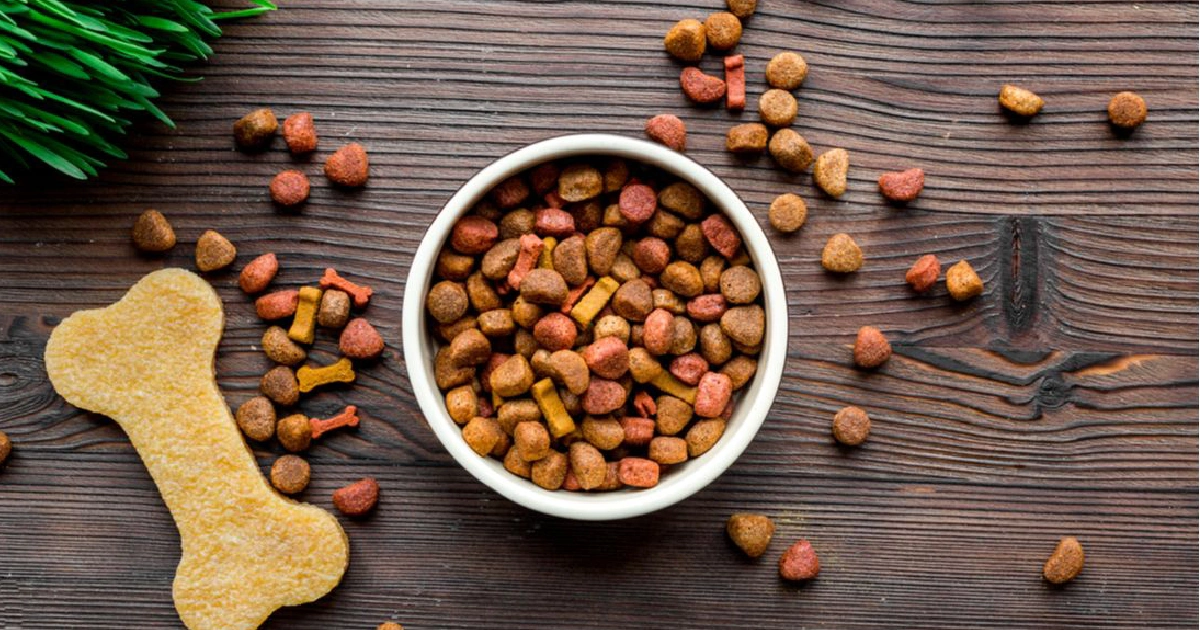
As dog owners, we always want the best for our furry friends. Choosing the right food for our pets can be challenging since each dog has different nutritional needs. As first-time pet owners, we may wonder if a sudden change in our dog’s diet can lead to health problems like diarrhoea. The answer is yes. Changing your dog’s food too quickly can cause symptoms like vomiting and diarrhoea. You should slowly introduce new dog food over a week or two to give their stomach time to adjust. However, if your dog experiences diarrhoea immediately after consuming new dog food, it is best to consult your veterinarian. Taking the proper precautions can keep your furry best friend in optimal health.
What Is The Best Ratio Of Wet To Dry Dog Food?
When feeding our furry friends, we want to provide the best nutrition possible. One question often arises is the best wet-to-dry dog food ratio. While there is no one-size-fits-all answer, as each dog’s dietary needs may vary, a general rule of thumb is to mix in 1 cup of dry food requires around 1/4 cup of water. Some pet owners soak their dog’s food in water before serving to help improve digestion and hydration. Soaking the food can also soften it, making eating easier for dogs with dental difficulties. It’s important to consult a veterinarian to determine the best diet for your four-legged companion.
What To Feed Dog With Upset Stomach?
If your dog has an upset stomach, it’s important to be cautious about what you’re feeding them. You’ll want to stick with bland, easy-to-digest food options to help their stomach settle. Boiled chicken or ground turkey mixed with a tiny white rice or sweet potato can work well. Keep in mind that portion size is important, so be sure to use measuring cups to portion out your food accurately. Additionally, consider using a dog feeding bowl to slow their eating and help prevent them from overeating or inhaling their food too quickly. By being mindful of your dog’s diet during stomach upsets, you can speed up their healing process and get them back to feeling happy and healthy in no time.
The Best Food For a Dog With Diarrhoea
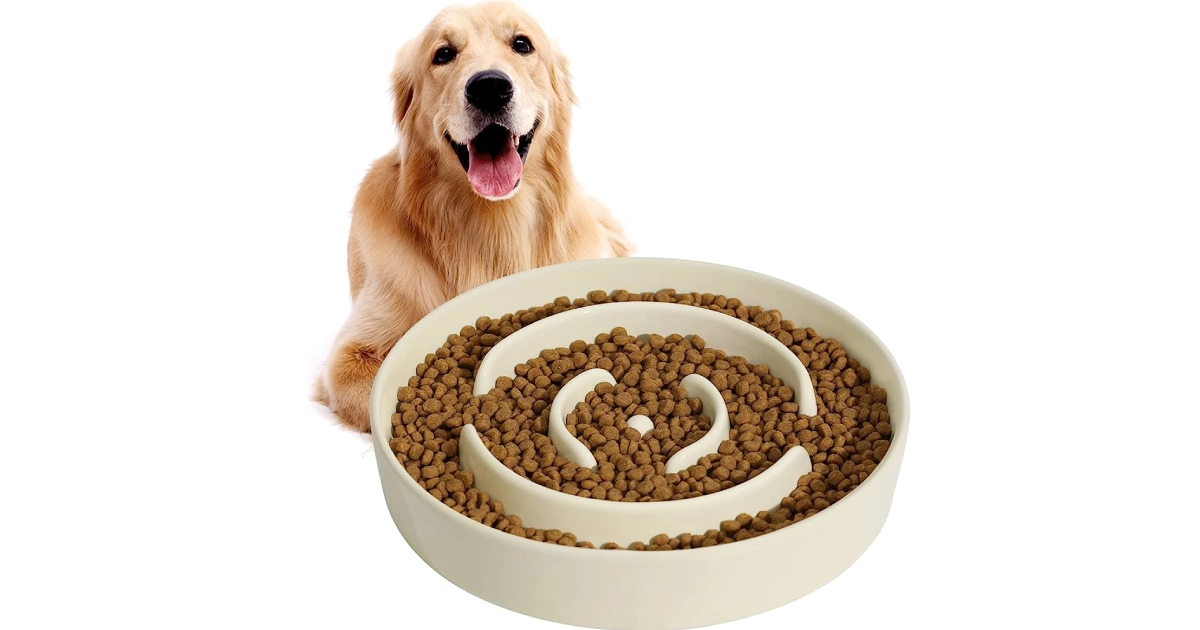
Choosing the right food can make a difference when dealing with a dog with diarrhoea. A slow-feeder dog bowl, or a maze dog bowl, can be an excellent option for easing your furry friend’s discomfort. These speciality bowls are designed to dispense food at a slower pace, which can prevent your dog from overeating or consuming too much water. Slow feeding helps regulate your dog’s digestion, allowing its stomach to catch up and process food properly. If your dog is experiencing discomfort from diarrhoea, switching to a slow-feeder dog bowl may be a simple and effective solution to help them feel better.
Does Wet Dog Food Cause Diarrhea?
Wet dog food has been a popular choice for pet owners, as it provides their furry friends with a more flavorful meal than dry kibble. However, some pet owners are concerned about whether wet dog food causes diarrhoea in their furry friends. While there is no definitive answer, it’s important to note that certain factors can contribute to an upset stomach, such as switching to a new brand or feeding your dog too much too quickly. Additionally, ensuring your dog has access to clean water and a designated dog crate can help prevent digestive issues. As always, it’s best to consult your veterinarian if you have any concerns about your dog’s diet or health.
Conclusion
In conclusion, adding water to dry dog food can offer several benefits for dogs. It can help maintain body hydration levels, slow digestion and improve the flavour and texture of the food depending on the type of food used. Additionally, it reduces nutrient density, so less should be fed, which can reduce overall calorie intake. But with all these potential benefits, there are possible side effects, such as infrequent soft stools or diarrhoea in some dogs if too much is added or too often. Therefore, pet owners should proceed cautiously when adding water to their canine companion’s dry food and monitor closely for any signs of adverse reactions like diarrhoea. Suppose any negative side effects occur after introducing water into dry food. In that case, you may need to contact your veterinarian before continuing use and determine what action should take together.



